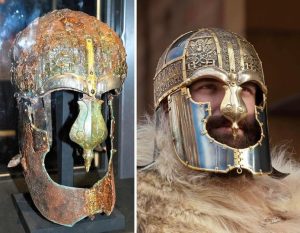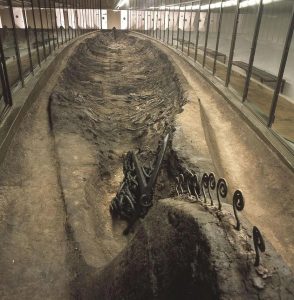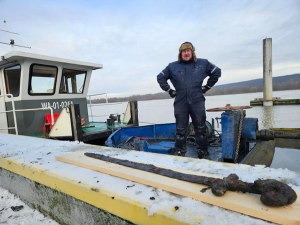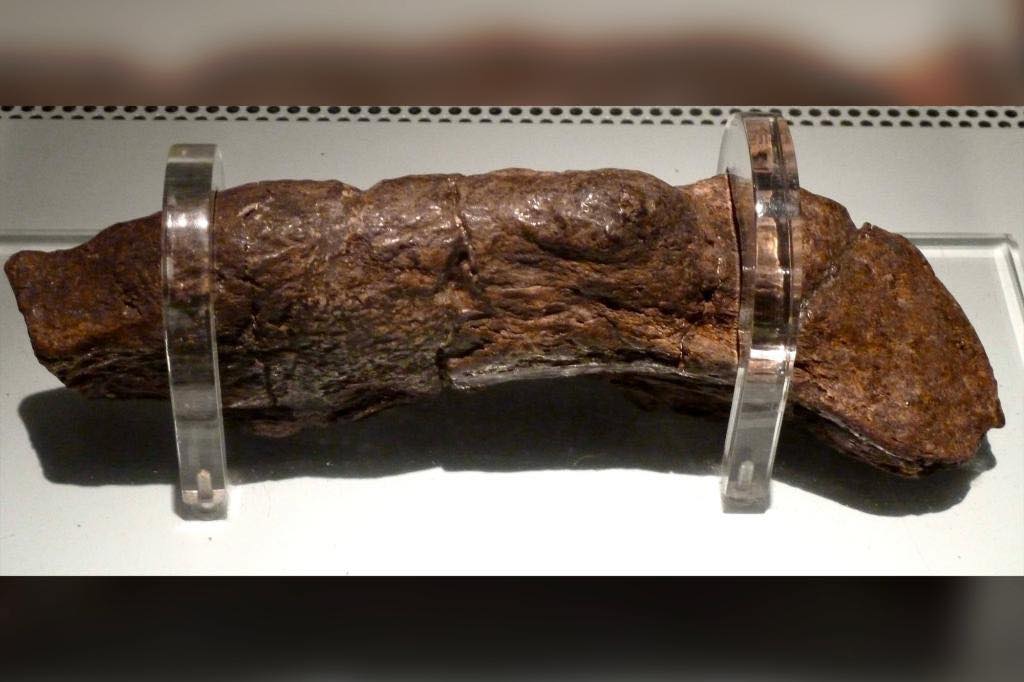
In the realm of archaeological discoveries, few artifacts capture the imagination quite like the Lloyds Bank Coprolite – the largest fossilized human turd ever found. This remarkable specimen, dating back to the 9th century AD, offers a fascinating glimpse into the lives and health of ancient Viking populations. With its impressive size and historical significance, the Lloyds Bank Coprolite has become an object of curiosity and intrigue for researchers and enthusiasts alike.
The Tale of the Lloyds Bank Coprolite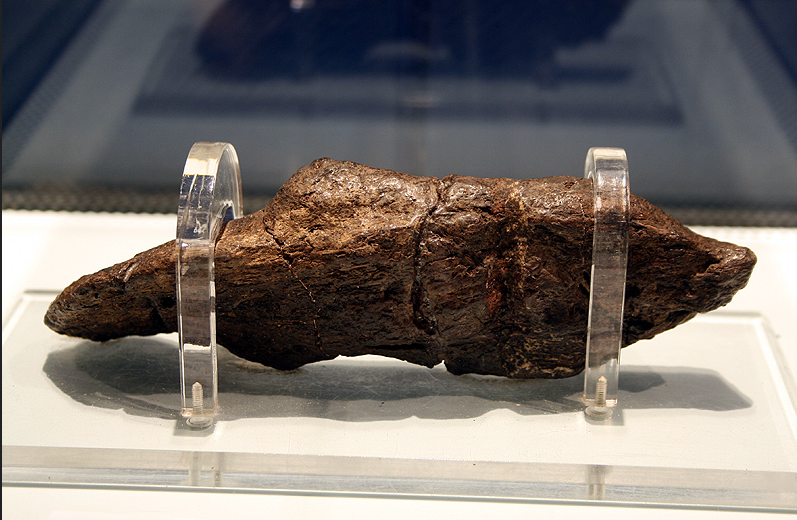
The Lloyds Bank Coprolite, affectionately dubbed the “precious poop,” is a prime example of a coprolite – fossilized dung that provides valuable insights into ancient dietary habits and health conditions. Measuring a whopping 8 inches in length and 2 inches in width, this remarkable specimen is believed to be the largest recorded human turd in history. Discovered in 1972 by construction workers in York, northwest England, during the construction of a Lloyds TSB branch, the coprolite has since garnered attention for its impressive size and historical significance.
The discovery of the Lloyds Bank Coprolite sheds light on the daily lives of Viking inhabitants in the 9th century AD. Found in an area once ruled by Norse warriors, the coprolite offers clues about the diet and health of these ancient peoples. Analysis of the specimen has revealed traces of undigested food, including grains and seeds, providing valuable information about the dietary habits of the Viking population.
Despite its humble origins, the Lloyds Bank Coprolite has gained a place of honor in the annals of archaeological history. Valued at $39,000, this extraordinary artifact serves as a testament to the resilience and resourcefulness of ancient civilizations. As researchers continue to study and analyze the coprolite, it offers a unique window into the past, allowing us to better understand the lives and cultures of our ancestors.
Reflecting on Archaeological Discoveries
In conclusion, the discovery of the Lloyds Bank Coprolite serves as a reminder of the rich tapestry of human history and the importance of preserving and studying our archaeological heritage. While some may view it as an oddity or curiosity, this remarkable artifact offers valuable insights into the daily lives and health of ancient Viking populations. As we marvel at the sheer size and historical significance of the Lloyds Bank Coprolite, we are reminded of the endless mysteries waiting to be unearthed beneath the surface of the earth.
Exploring the Depths of Archaeology
The Lloyds Bank Coprolite is just one example of the fascinating discoveries that await archaeologists and researchers around the world. From ancient artifacts to long-lost civilizations, the field of archaeology offers endless opportunities for exploration and discovery. By delving into the past, we gain a deeper understanding of our shared human experience and the forces that have shaped our world throughout history. Through continued research and excavation, archaeologists will undoubtedly uncover even more treasures, enriching our knowledge of the past and illuminating the path to the future.


